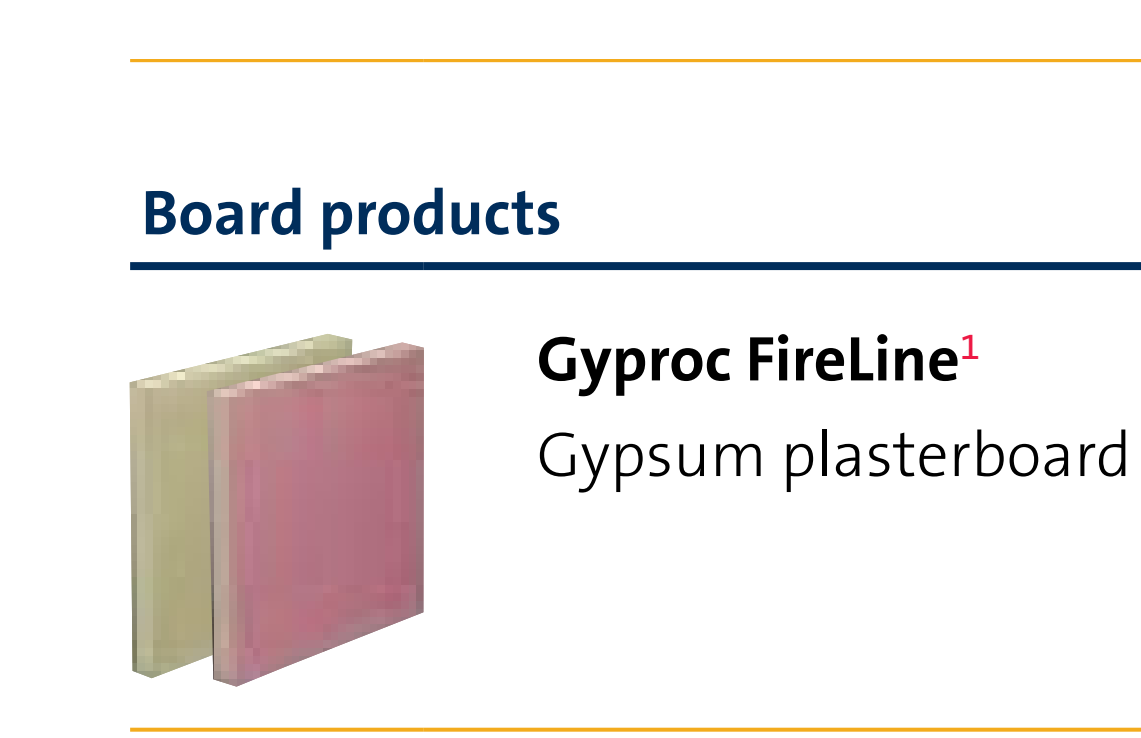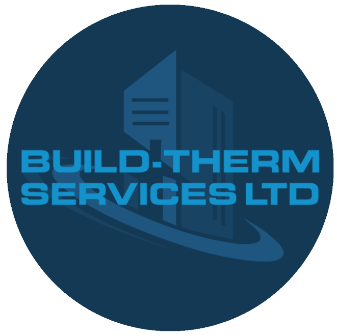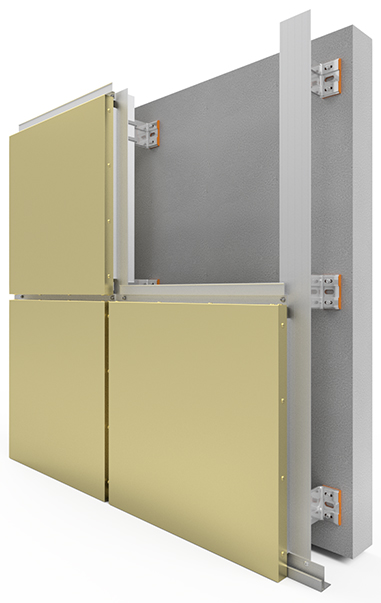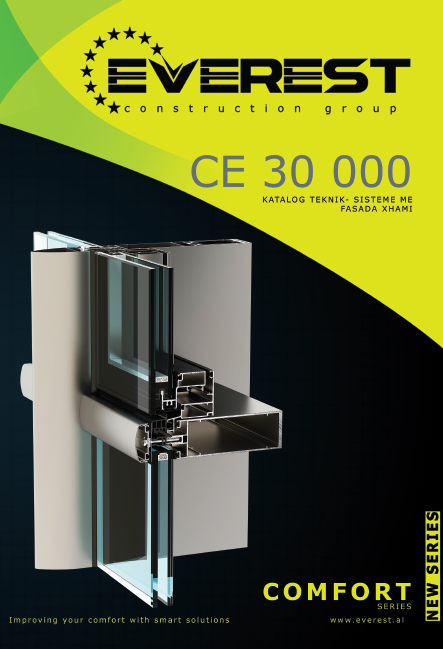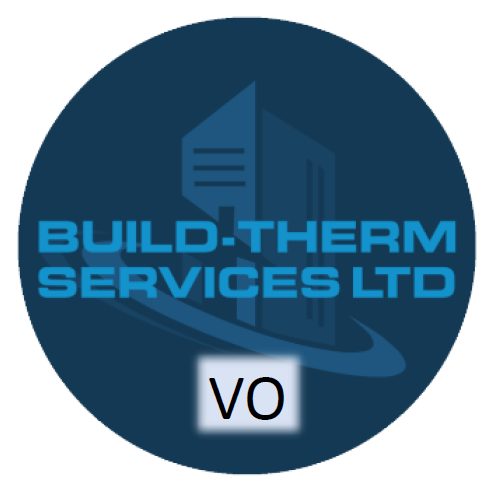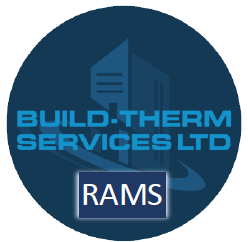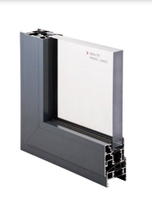Title Page
-
Document no
-
Description QA
-
Conducted on
-
Site conducted
-
Manager
-
Site Location
Subcontractor Name
-
Installers CSCS Card , Pictures Evidence ,RAMS
-
Handover Evidence and Description
-
Drawing Details
-
Rockwool Insulation RWA 45
-
VCL Novia VC4000 FR Reflective Air Leakage and Vapour Control Layer
-
Air and Vapour Control Layers (AVCL) should always be installed on the warm side, the inside of the building envelope, within all insulated wall or roof applications. AVCLs should normally be used in conjunction with Novia® breather membranes which are installed on the cold side, the outside of the building evelope, before cladding is installed.
-
Novia® membranes will only perform their job correctly if installed using Novia® tapes as part of a system. It is essential that Novia® membranes are installed correctly using these tapes, otherwise they will not provide the necessary building design outcomes. One of the major causes of condensation problems within finished buildings is due to poorly installed membranes, the use of incorrect tapes or where membranes have been damaged during installation
-
Novia® VC4000 FR Reflective requires the use of Novia® 96 mm wide BS 476 Cold Weather Foil Lap Tape. This ensures that both fire performance and reflectivity performance are maximised. To ensure correct performance Novia® AVCL products should be 100% fully sealed to the structure using our double-sided butyl tape.
-
Use of Novia® 30mm wide Double Sided Butyl tape1 and Novia® 96 mm wide BS 476 Cold Weather Foil Lap tape for all Novia® VC4000 FR Reflective installations
-
We recommend that in order to improve overall airtightness, butyl tape is pre-applied to all the areas where a fixing is to be made. By preparing the installation in this way when fixing either the AVCL membrane itself or fixing the final wall covering, the airtight seal will still be maintained
-
All AVCL membrane joints should have a minimum 150mm overlap and be situated on a stud, rafter, timber or other frameworks where possible.
-
Fix Novia® VC4000 FR Reflective to the structure, with the aluminium foil side facing away<br>from the internal wall lining towards the insulation, using suitable galvanised or stainless fixings that will be permanent
Hold Point Inspection putting a hold on construction activities until the inspection above is passed. Is a mandatory verification point beyond which a work process cannot proceed without authorisation by the contract administrator. Hold points are usually assigned to those critical aspects of the work that cannot be inspected or corrected at a later stage because they will no longer be accessible.
-
Supervisor Full Name ,Picture, Signature of Inspector
-
By signing this, you confirm that the information discussed during this meeting were fully understood.
-
Click + add signee
-
Drywall Gyproc FireLine
-
Gyproc® FireLine 12.5mm Standards EN 520:2004+A1:2009, Type F, Reaction to fire A2-s1, d0
-
Fixings <br>Fix the board with the decorative side facing outwards<br>to receive finishes. Install fixings at least 13mm from cut<br>edges and 10mm from bound edges. Position cut edges<br>at internal angles wherever possible. Stagger horizontal<br>and vertical joints between layers by at least 600mm
-
Jointing<br>After fixing the board, start finishing it as soon as you<br>can to limit the risk of damage or UV degradation to<br>the paper liner. You can finish the board using jointing<br>systems that comply with EN13963, including the<br>Gyproc range
-
Snagging and minor repairs<br>For minor damage and dents, check that the board<br>core isn't shattered. If it's intact, fill the damaged area<br>with Gyproc EasiFill 60, allow it to set, then apply a<br>second coat if you need to. When it's dry, sand it to a<br>finish before redecorating the area.<br>For a damaged core, broken edges or extensive<br>damage, repair and replacement procedures differ<br>depending on the number of board layers and fire<br>resistance of the system; please contact our Technical<br>Support Team for specific advice
-
Interface Details
-
Commnets
-
Supervisor & Site Manager Signature
Hold Point Inspection putting a hold on construction activities until the inspection above is passed. Is a mandatory verification point beyond which a work process cannot proceed without authorisation by the contract administrator. Hold points are usually assigned to those critical aspects of the work that cannot be inspected or corrected at a later stage because they will no longer be accessible.
-
Drywall Gyproc FireLine installed to manufacture guidelines
-
Invoice no & Mark up Drawing (BTS Reference)
Confirmation
-
Supervisor Full Name ,Picture, Signature of Inspector
-
By signing this, you confirm that the information discussed during this meeting were fully understood.
-
Click + add signee
Signee
-
Participant Supervisor & Installers Full Name, Pictures, Signature
Handover
-
BTS Supervisor and Site Manager Checked and Signed
-
Client Main Contractor Checked and Signed
